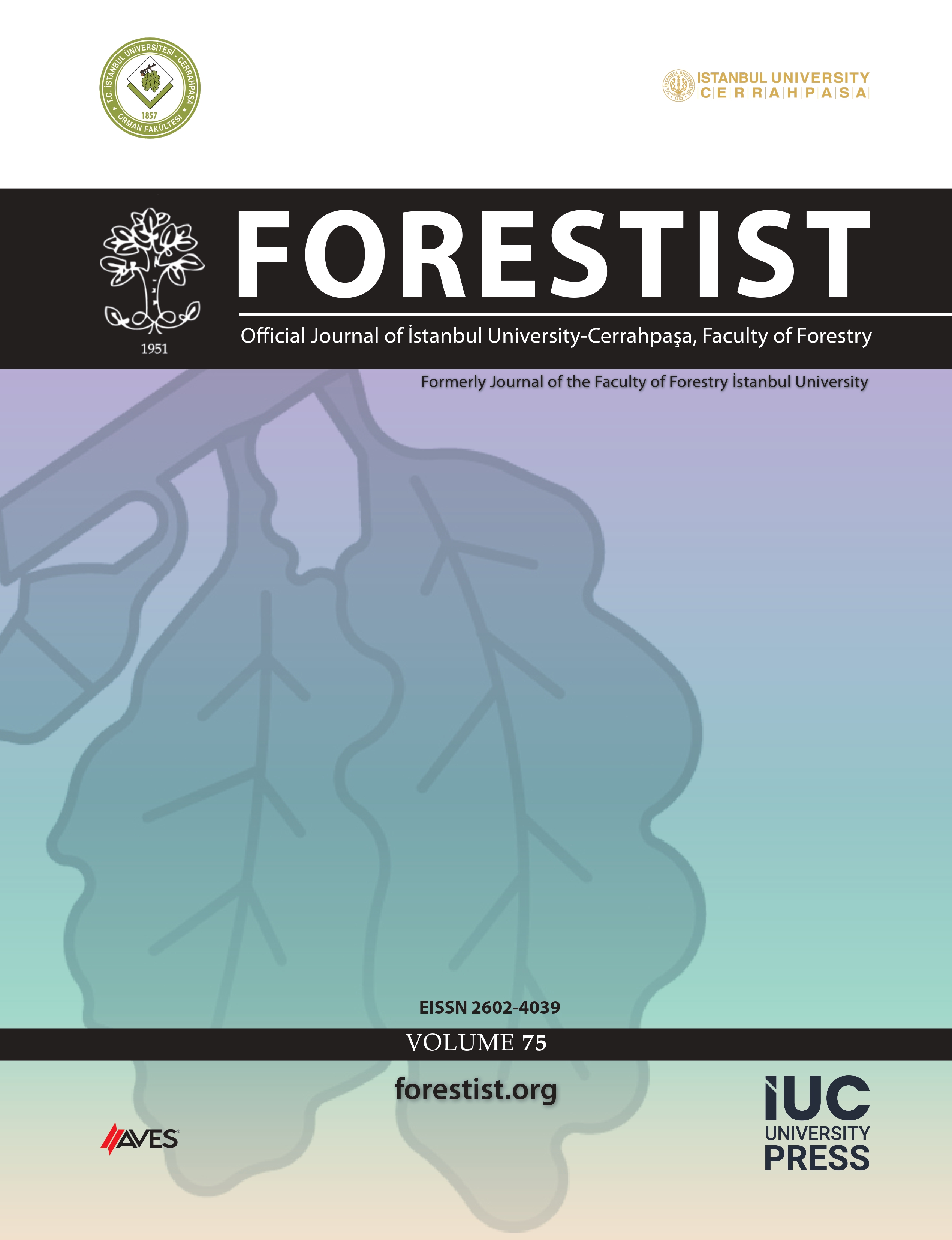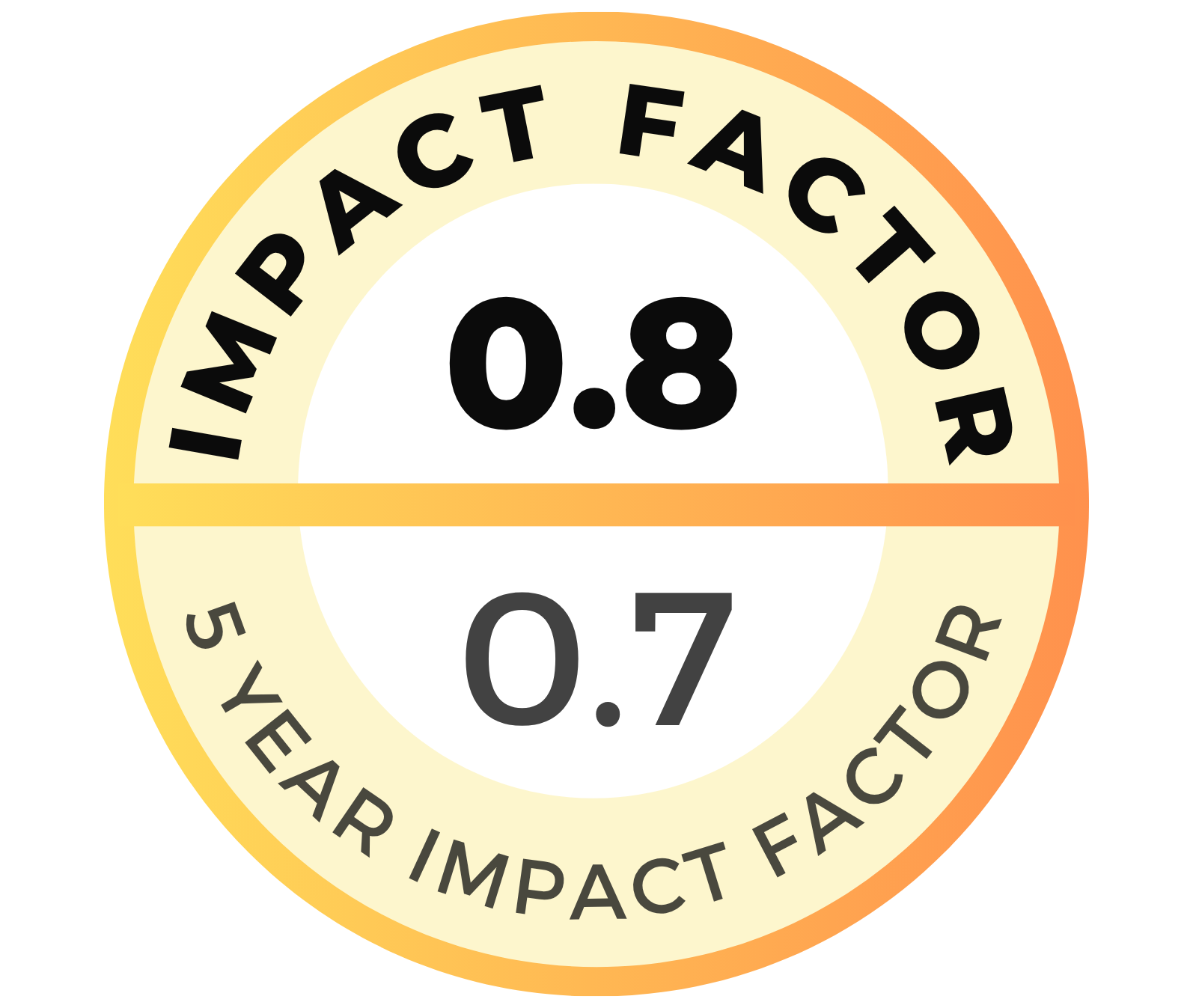Tamarindus indica L. plays a crucial role in sustainable forestry and agroforestry systems due to its nutritional and economic potential. This study provides insight into the biology of reproduction in Tamarind and deals with its floral morphology, pollen biology, stigma receptivity, breeding system, and floral visitation. Comprehensive observations were conducted on five clonal selections across two flowering seasons. Tamarind is adapted to annual flowering with varying durations among individuals. Selections display notable variations in leaf flushing that corresponded with flowering and fruiting phases. Anthesis starts 11:00 p.m. and is complete by 4:00 a.m. Anther dehiscence occurs 3–4 hours after anthesis. Pollen is dimorphic (25–40 μm), with high pollen fertility (87.625 ± 3.20%). In vitro pollen germination studies indicate varying responses to gradient sucrose concentrations. The stigma is wet-papillate, peaking by 12:00 noon. Flowers are entomophilous, presenting pollen and nectar to over eight groups of visitors. Bees of the Apis genus, are the primary pollinators, foraging throughout the day. Breeding system studies indicate open pollination fruit set from 4.04% to 30.09%. Cross-pollination (xenogamy) yielded the highest fruit set percentages (75.31%–88.03%). Geitonogamy yielded minimal fruit set, and apomixis showed none, indicating self-incompatibility. Variations in phenology, floral traits, and fruit pulp coloration, such as the unique red pulp in some selections, highlight the genetic diversity of Tamarind. The findings underscore the importance of clonal selection for genetic conservation, pollination efficiency, and enhanced fruit yield in agroforestry systems.
Cite this article as: Bagathsingh, C., Chitra, P., Esakiammal, S., Amaravel, M., Utchimahali, M., Nagarajan, B., & Mayavel, A. (2025). Reproductive biology of tamarindus indica l.: insights into floral morphology, pollination ecology, and breeding system. Forestist, 75, 0034, doi:10.5152/forestist.2025.24034




.png)
